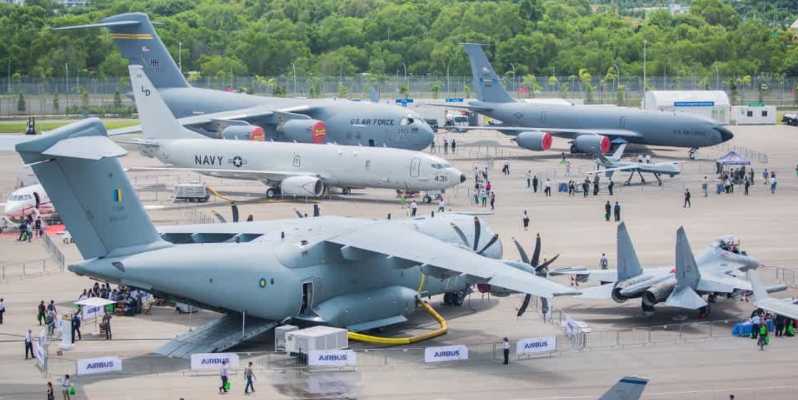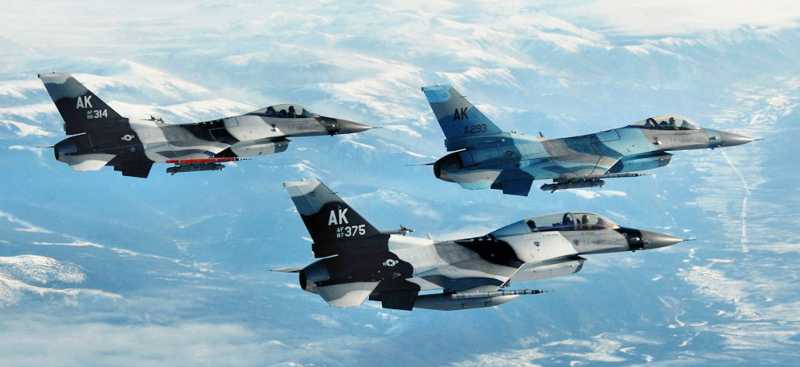In recent years, in local conflicts, a large number of unmanned combat equipment such as drones have shined and become the focus of attention of countries around the world. In the past 2023, the media announced the world’s top ten advanced drones in the eyes of foreigners, including the US MQ-25 "Stingray", MQ-28 "Ghost Bat", Russia’s "Orion" and a large number of other drones, among which my country’s Attack-11 and Wing Loong-10 drones are also on the list. So, what is the origin of the Attack-11 and Wing Loong-10 drones, and what are their performance?
J-20’s "loyal wingman"--Attack-11 stealth drone
Attack-11 is a flying wing layout stealth drone independently developed by my country. It was first publicly unveiled at the 2019 National Day military parade, and then appeared in major exhibitions many times, such as the Zhuhai Air Show. The Attack-11 drone has the following main characteristics.
First, the flying wing layout has good stealth. The Attack-11 UAV adopts a typical flying wing layout. This layout is characterized by the fusion of the wing and body, a simple and smooth appearance, ample internal space, and can carry more fuel and ammunition. At the same time, it is convenient to build a bomb bay. It usually adopts a backpack air intake, has no vertical tail, and has no obvious radar reflection structure on the fuselage, which is very conducive to the realization of stealth design. Therefore, it has become the direction of development in the aviation industry of various countries in recent years. Previously, the X-47B and RQ-170 UAVs of the United States, the "Neuron" jointly developed by many European countries, the "Thor" UAV of the United Kingdom, and the "Rainbow"-7 UAV of China all adopted this layout, the purpose of which is to improve the stealth characteristics of the UAV. The control surface of the Attack-11 UAV consists of elevator ailerons and split-type drag rudders, which can effectively improve the flight performance of the UAV. In order to ensure good forward stealth capability, the Attack-11 adopts a large swept straight leading edge design, but adds a large V-shaped tail structure protruding backwards at the trailing edge. The delta wing configuration has already shifted the lift distribution backward, but this large V-shaped tail generates additional nose-down moment when flying at high angles of attack, which can enhance the ability to resist wingtip stall when flying at low speeds and high angles of attack. The V-shaped tail also makes it easier for the thick centerline to extend as far as possible to the tail, so that a longer internal bomb bay can be accommodated.
The side edges of the flaps and ailerons of the Attack-11 UAV are "cut" so that only the sharp edges of the aerodynamic control surfaces are exposed to the radar illumination from the side when in motion. Such details can only be seen on meticulously crafted engineering products such as the F-22 and F-35, which shows the technical maturity of the Attack-11 from another aspect. Another detail is that the joints of all the hatches of the Attack-11 UAV are designed in a serrated shape, which can reduce radar reflection lobes and improve stealth performance.
The Attack-11 UAV uses a triangular air intake, which is arranged on the back of the fuselage behind the nose. The air intake should be a vertical "S" type air intake. On the one hand, this can prevent radar waves from directly irradiating the engine blades and compressors, ensuring the stealth effect; on the other hand, the air intake is mainly arranged above the fuselage, which can reduce the occupation of the lower fuselage space, thereby facilitating the arrangement of the equipment compartment, landing gear compartment and bomb compartment.
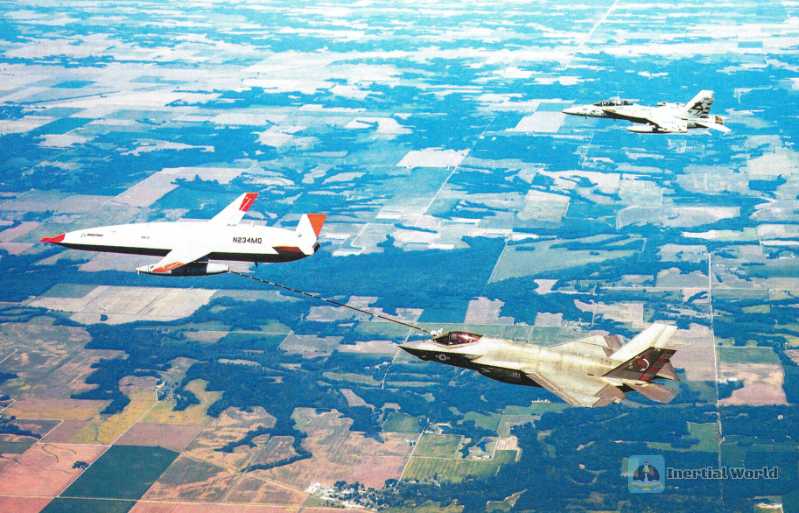
In addition, in order to reduce radar and infrared signals, the tail nozzle of the Attack-11 UAV also adopts a special design. The upper and lower edges of the nozzle adopt a V-shaped design with parallel edges, which can reduce radar reflection waves and ensure the aerodynamic stealth of the tail nozzle. The lower edge of the nozzle protrudes a lot further back than the upper edge, so that the cold air flowing through the upper edge of the engine tail nozzle will mix with the high-temperature combustion gas of the engine in advance, significantly reducing the exhaust temperature of the engine tail nozzle, thereby reducing the infrared characteristics of the tail area and achieving infrared stealth.
Secondly, it has sufficient power and excellent flight performance. The engine compartment of the Attack-11 UAV is located in the center line of the fuselage, close to the center of gravity, the nozzle is far away from the trailing edge of the flying wing, and a shallow groove is set on the V-shaped tail. From the inside to the outside, along the center line of the wing and along the wingspan direction, the equipment compartment, ammunition compartment, landing gear compartment and integral fuel tank are arranged on both sides of the engine compartment. The advantage of this layout is that most of the weight of the fuselage is concentrated near the center of gravity of the aircraft, which is conducive to reducing the center of gravity movement before and after bombing.
In terms of power configuration, the previous "Lijian" UAV used the Russian-made RD93 turbofan engine. At that time, it might have been just a technology verification, or it was just a temporary use of this engine, so the engine tail nozzle was not treated with stealth, and the engine’s convergent-divergent nozzle was completely exposed. The Attack-11 is generally considered to be the completed version of the "Lijian" UAV, so which engine it uses has also attracted attention from the outside world. Some say that it will continue to use the RD93, some say that it will be replaced with the domestically produced turbofan 13 engine with the same power level as the RD93, and some say that it uses the new turbofan 19 engine.
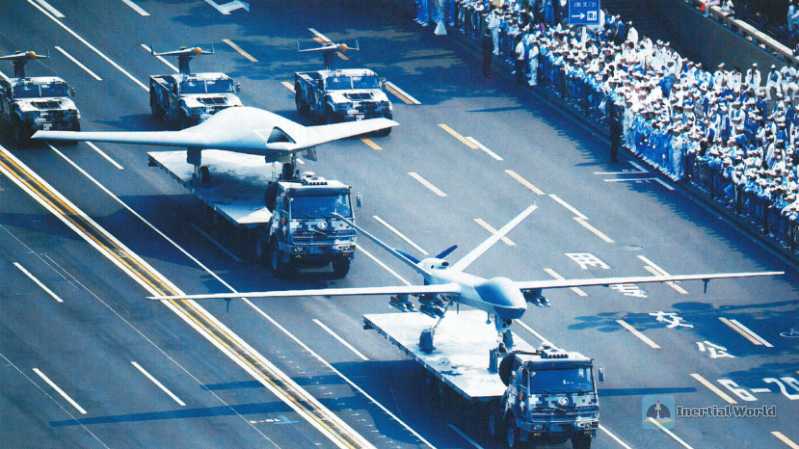
At present, there is no confirmed news on which engine will be used, but referring to the power configuration of similar foreign drones, the US X-47B drone is about 11.64 meters long, with a wingspan of 18 meters and a maximum take-off weight of about 20 tons. The power system equipped with the aircraft is the F100-220U non-afterburning turbofan engine with a maximum thrust of 75 kilonewtons; the French "Neuron" drone is about 10 Meters, wingspan of about 12 meters, maximum take-off weight of 7 tons, payload of more than 1 ton, it is equipped with a power system of "Adur" non-afterburning turbofan engine, with a maximum thrust of 40 kilonewtons; and according to the data released at the air show, the Attack-11 UAV is 12.2 meters long, 14.4 meters wide, and 2.7 meters high. According to this fuselage size, the maximum take-off weight of the aircraft should be around 10-12 tons, and the engine equipped should have a thrust of 55-60 kilonewtons, which is very close to the performance indicators of the turbofan 19.
Although the flight parameters and performance of the Attack-11 have not been disclosed, the flying wing layout has a fuselage profile close to the airfoil, and the wing-body is well integrated, the infiltration area is small, the subsonic flight resistance is small, and the advanced power system, so it can be concluded that the Attack-11 has a good range performance, not inferior to similar foreign UAVs.
Again, the built-in bomb bay has rich weapons mounting. At the 2021 Zhuhai Air Show, the 1:5 model of the Attack-11 UAV was unveiled, and the weapon bay door was opened generously, allowing the audience to get a glimpse of the whole picture.
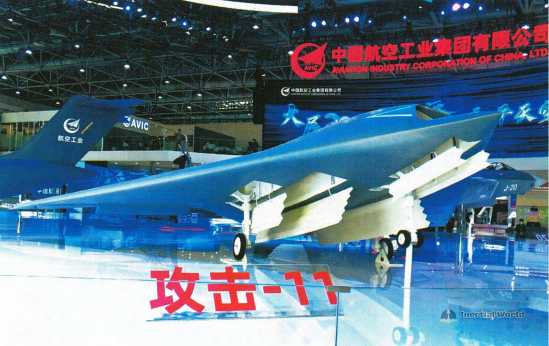

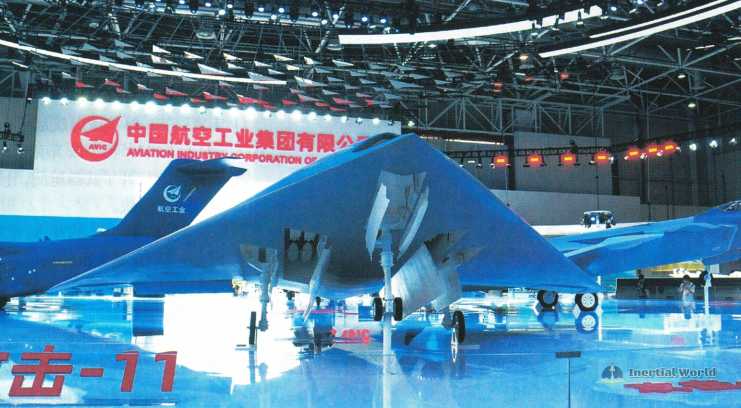
From the model displayed on site, it can be seen that the built-in weapon bay of the Attack-11 UAV has a large volume. Each weapon bay is equipped with 4 precision-guided ammunition using folding wings, which are mounted in two rows, indicating that the length of the bomb bay is sufficient, and it should be able to mount and use longer weapons, such as medium-range or long-range air-to-air missiles, anti-radiation missiles, light anti-ship missiles or ground-penetrating bombs. In addition, these four weapons, which look similar to the US small-diameter bombs, did not fill the magazine, but left a certain amount of space. It seems that there is no problem with stacking one more layer. This shows that the bomb bay of the Attack-11 UAV is deep, and it should be able to carry some larger ammunition, such as the 500 kg GB500A laser-guided bomb, the 500 kg LS-6 glide-guided bomb, the domestic new aviation dispenser, and some large cruise missiles and even air-launched cruise missiles, so as to have the ability to carry out long-range precision strikes outside the defense zone. Finally, it has a wide range of uses and broad prospects. In the future specific combat use, the Attack-11 UAV can fight alone or with drones, as the "loyal wingman" of the J-20, and fight together. When fighting alone, the Attack-11 UAV can use its full stealth capability to perform many tasks that ordinary drones cannot complete. For example, it can be equipped with precision-guided bombs, aerial dispensers or anti-radiation missiles, and use its stealth capability to quietly fly near the target, launch unexpected strikes on enemy air defense nodes, and then maintain "continuous alert" over the battlefield. After the enemy radar is turned on, it can launch an attack on its own to achieve "discovery and destruction", always suppress the enemy’s air defense system, and open up a path for subsequent manned combat aircraft. Or it can be equipped with larger and heavier air-launched cruise missiles or air-launched anti-ship missiles to perform long-range precision strike missions.
In addition, the Attack-11 UAV can also serve as a "loyal wingman" to accompany the J-20 in combat. In recent years, with the development of the theory and technology of coordinated combat between drones and manned aircraft, coupled with the XQ-58A "Valkyrie" drone launched by the United States, a "loyal wingman" of the fifth-generation aircraft, and Russia’s positioning of its S-70 "Hunter" drone as a "loyal wingman" for the Su-57 fighter, the concept of "loyal wingman" has become widely known. The Attack-11 UAV may also have the ability to become the "loyal wingman" of the J-20.
From the perspective of coordinated operations, the Attack-11 UAV saves the space occupied by the pilot and the life support system that matches it, and is not limited by the human physiological tolerance limit, so it is less constrained in design. It can have obvious improvements in some technical and tactical indicators compared with manned fighters. For example, although its payload is not as good as the J-20, its bomb bay volume is not inferior to the J-20, which can effectively increase the types and quantities of ground attack ammunition it can carry. In other words, it can serve as the "air ammunition depot" of the J-20, and can drop attack ammunition on the target according to the former’s instructions, thereby saving the limited internal bomb bay volume of the J-20 fighter, and there is no need to reduce the number of long-range air-to-air missiles to mount ground attack weapons. More importantly, the cost of the Attack-11 UAV is much lower than that of the J-20, so it can go deep into high-risk areas to perform tasks, go forward to carry out various reconnaissance, surveillance, and alert tasks, and launch missiles to destroy targets when necessary. It can even act as a "fishing" bait to lure the enemy’s high-value targets to expose.
In addition, due to the lack of the cockpit, a large radar wave emission source, the stealth performance of the Attack-11 UAV may be better than that of the J-20, and the economic cost is smaller. In other words, the Attack-11 will not lag behind the J-20 in terms of stealth during coordinated operations.
With the development of technology, the role of the "loyal wingman" in the future will not only serve as a reconnaissance sentry and ammunition depot for manned aircraft, but its function will be expanded to an air information node of the Air Force C4ISR system (command, control, communications, computers, intelligence, surveillance and reconnaissance). It will break away from the formation and fight autonomously according to the tasks assigned by the leader, or cooperate with other manned or unmanned aircraft to further enrich its combat capabilities.

The soaring Wing Loong--Wing Loong-10 UAV
Wing Loong-10 is a twin-engine, high-altitude, high-speed reconnaissance and strike UAV independently developed by my country. It has a fuselage length of 9.95 meters, a height of 3.67 meters, a wingspan of 17.8 meters, a twin-engine configuration, a practical ceiling of about 11,000 meters, and a maximum take-off weight of not less than 3,500 kilograms. As the latest product launched by the Wing Loong family, the Wing Loong-10 UAV has advanced performance and has been mass-produced in the PLA combat sequence, and is called the Unmanned Reconnaissance-10.
In terms of aerodynamic layout, the Wing Loong-10 UAV adopts a double vertical tail and a large wingspan design, and places the air intake behind the rear of the aircraft. The overall design of the fuselage is streamlined, which is the mainstream aerodynamic shape design of UAVs at present, with superior aerodynamic performance and good flight performance.
From the appearance of the Wing Loong-10 UAV, the photoelectric detection window at the nose has a serrated edge design, the edge of the front landing gear door is also serrated, the engine air intake is at the rear of the aircraft, and can be shielded by the nose load compartment. The double outward-inclined vertical tail is the standard configuration of stealth aircraft. The overall design and details have greatly reduced the radar wave reflection area of the Wing Loong-10 UAV, and its stealth performance is excellent. It is reported that the front radar reflection cross-sectional area of the aircraft is only 0.1 square meters. Although it is not as good as the high-performance fifth-generation aircraft such as the J-20, F-22, and F-35, it is much better than the front RCS of the fourth-generation and a half fighters, which are several square meters.
In addition, the fuselage of the Wing Loong-10 UAV uses a large amount of new composite materials, which not only reduces the weight of the fuselage, improves safety and reliability, but also greatly improves the stealth performance.
In terms of the power system, the Wing Loong-10 UAV may use the ZF850 turbojet engine improved from the WP-11c engine. This type of engine is the first domestically installed product model of a 10 kN thrust-class engine equipped with a full authority digital control system (FADEC). The sea level thrust of the non-afterburner version is 8.33 kN, and the afterburner version is 10 kN; the boost ratio is 5.47; the thrust-to-weight ratio of the non-afterburner version is 4.3, and the afterburner version is 5.3; the first turnover cycle is 150 hours, the total life is 600 hours; the maximum ceiling is 21 kilometers
Therefore, the power and range of the Wing Loong-10 are also far superior to the previous generations of Wing Loong series drones. According to data, the maximum flight altitude of the drone is 14,500 meters, the maximum flight speed is about 650 kilometers per hour, and the maximum range is 4,000 kilometers. In addition, it can be seen from relevant information that there are two auxiliary fuel tank interfaces on the rear side of the fuselage of the previous Wing Loong-10 drone. In other words, if the Wing Loong-10 drone encounters special combat missions, it can also add auxiliary fuel tanks to increase the combat radius and range.
In terms of mounting, the Wing Loong-10 UAV can be equipped with situational awareness equipment such as optoelectronic surveillance/aiming devices, high-resolution real-time reconnaissance cameras, synthetic aperture radars, full-band radar signal detection equipment, and communication signal reconnaissance equipment. It can intercept electromagnetic targets hundreds of kilometers away, and locate the surface-to-air missile radar direction in the target area. It can also detect radio signals and satellite mobile signals at the same distance, and can carry out various search, surveillance, and reconnaissance tasks.
In addition, there are 4 mounting points under the left and right wings of the Wing Loong-10, which can hang up to 6 missiles/pods, with a maximum payload of 400 kg. The Wing Loong-10 can mount a variety of weapon systems, which is mainly due to the advanced radar and optoelectronic systems of the Wing Loong-10. The drone can carry at least 7 types of missiles, including: 100 kg YJ-9E light anti-ship missiles, which can cause devastating blows to ships below 1,000 tons at a distance of 25 kilometers; FT-7 beyond-area precision-guided bombs, which can attack targets 90 kilometers away; and LS6100 laser-guided bombs, BA-21 "Blue Sword" anti-tank missiles, etc. In different modes, carrying different missiles can greatly expand the mission width of Wing Loong-10. Wing Loong-10 can even carry electronic jamming pods to carry out combat missions such as electronic jamming and suppression.
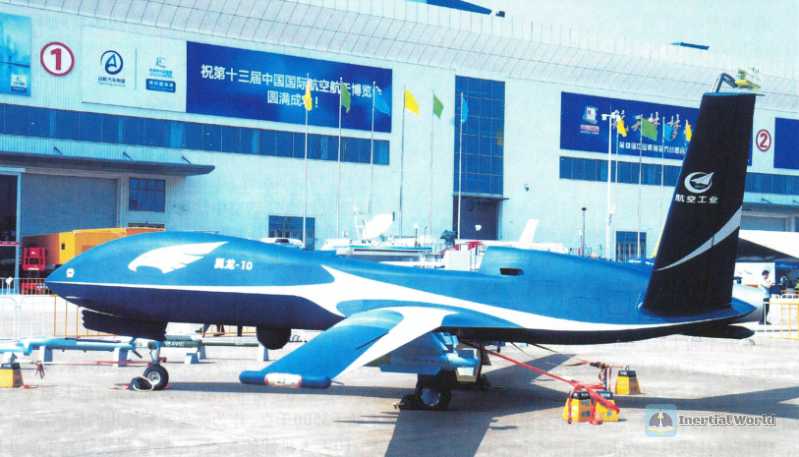
In short, as a reconnaissance and strike drone, Wing Loong-10 has the advantages of good stealth, superior flight performance, strong mounting capacity, and high degree of informatization. It can carry out various reconnaissance and strike missions. In the future, it can cooperate with other drones in combat, and its military prospects are broad.
In addition to its advanced reconnaissance and strike capabilities, the Wing Loong-10 UAV also has broad prospects for civilian use. As early as August 2, 2020, the China Meteorological Administration, together with 12 units including the Aviation Industry Corporation of China and the Hainan Provincial Meteorological Bureau, conducted my country’s first high-altitude large-scale UAV typhoon comprehensive observation test using the Wing Loong-10 UAV independently developed by the aviation industry. This project is the result of the "Haiyan Project". For this purpose, the 611 Institute has optimized and improved the adaptiveness of the Wing Loong-10 UAV system, developed a new meteorological detection pod, and carried out a large number of simulation analyses, wind tunnel tests and system joint tests to meet the requirements of meteorological detection tests.
This report marks the successful implementation of my country’s first high-altitude large-scale UAV typhoon comprehensive observation test. This time, the Wing Loong-10 UAV did not fight alone, but formed a three-dimensional observation system with Fengyun meteorological satellites, unmanned ships and other detection methods, providing important data for the determination of the center position of Typhoon "Shanlak". It also fills the gap in my country’s ocean comprehensive observation based on high-altitude large-scale UAVs, which is of great significance for further typhoon detection and the application of numerical prediction models of ocean detection data, and improving the accuracy of typhoon path and intensity forecasts.
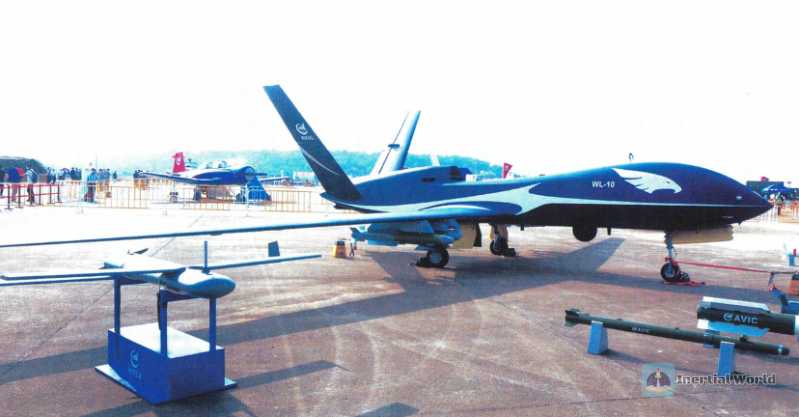
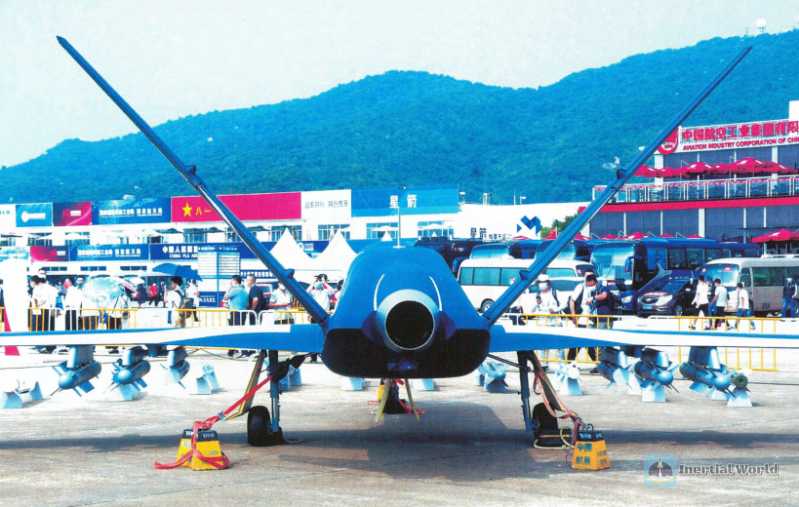
On the morning of November 27, 2021, the UAV sea, land and air three-dimensional collaborative observation scientific research experiment was officially launched. The Wing Loong-10 UAV equipped with various meteorological payloads formed a three-dimensional observation network at high altitude with sea surface buoys, balloon sounding systems, and ground vertical remote sensing observation equipment to verify multiple meteorological payloads and UAV platforms, and explore the establishment of a UAV-based meteorological emergency observation system. In this test, the Wing Loong-10 UAV was newly equipped with a GNSS occultation/sea anti-detection detection system and a terahertz ice cloud detector. Among them, the terahertz ice cloud detector can effectively detect the ice water content in the cloud, and the GNSS occultation/sea anti-detection detection system can invert atmospheric temperature and humidity profiles and meteorological elements such as sea temperature and sea breeze by receiving low-orbit satellite signals. At the same time, the drop sounding system and millimeter-wave cloud radar will also carry out vertical observations of temperature, water vapor, wind and hydrometeors simultaneously during the test, and the test will last about 1 month.
This mission is another technological breakthrough after the Wing Loong-10 carried out my country’s first UAV typhoon detection test mission in 2020. It is an important step in building an air-based observation system with UAVs as the main body. At the same time, it lays an important foundation for the future realization of "precise monitoring, accurate forecasting, and refined services", providing important support for marine development and utilization, disaster prevention and mitigation, and building a strong maritime nation, and providing new and accurate technical means for global meteorological services.
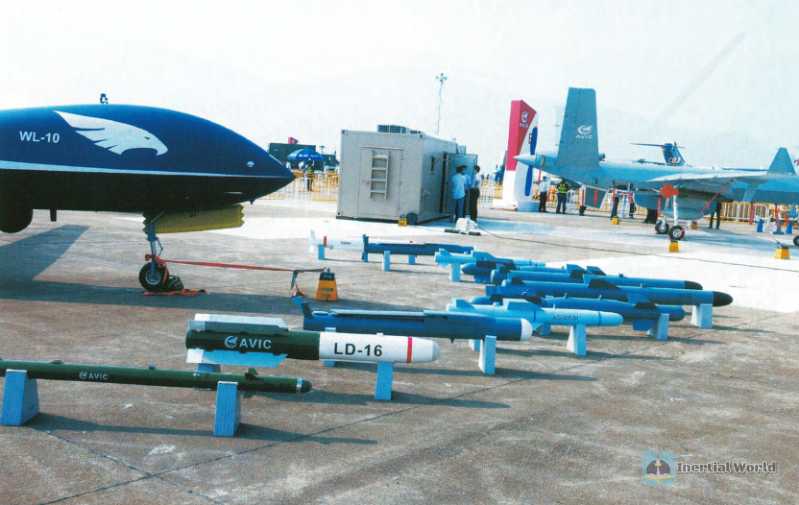
Li Liangxu, director of the Meteorological Detection Center of the China Meteorological Administration, said that the lack of high-speed and temporal ocean observation data and insufficient meteorological emergency detection means are still important reasons that restrict my country’s marine economic development and disaster prevention and mitigation. The road to establishing a scientific and complete emergency observation system is still long. The China Meteorological Administration will continue to improve the aircraft platform, enrich the detection payload and observation methods, and lay an important foundation for the final establishment of a full-chain observation service of UAVs. At the 2022 Zhuhai Air Show, my country also exhibited a Wing Loong-10H offshore rescue version of the drone, which is a special drone system developed by the Aviation Industry Corporation of China for marine missions based on the Wing Loong-10 system. The aircraft is 9.9 meters long, 3.7 meters high, 17.8 meters wide, and has a maximum take-off weight of 3,500 kilograms. It can carry multi-mission pods (high-definition optoelectronic pods (EO), emergency communication relay pods, signal search and positioning pods, meteorological drop sounding pods, and other emergency rescue equipment can be installed according to user needs) to perform rapid search and rescue missions at sea. Specifically, the observation system of the Wing Loong-10H can detect trapped targets at sea from a long distance in the air, quickly determine the specific location of trapped personnel or ships, and provide large-bandwidth communications for rescued targets, releasing emergency rescue airdrop pods to buy time for subsequent rescue operations. In short, as a country with frequent geological disasters, my country’s emergency investigation after the disaster is the primary and basic link of geological disaster emergency response. It must highlight the characteristics of speed and efficiency, and provide accurate, complete and detailed relevant information for disaster reduction plans in the shortest possible time. The efficient non-contact measurement method of drones has the characteristics of high precision, strong maneuverability, and no blind spots in reconnaissance. It can provide more scientific and efficient on-site image acquisition and remote sensing data for geological disaster emergency investigation, which can greatly improve the efficiency of emergency response. The Wing Loong-10 UAV, with its high speed and large payload, can use its high-precision optical imaging system or microwave photon radar to accurately remotely sense and map large areas of disaster-stricken areas, so as to better provide the required geological information for disaster relief.
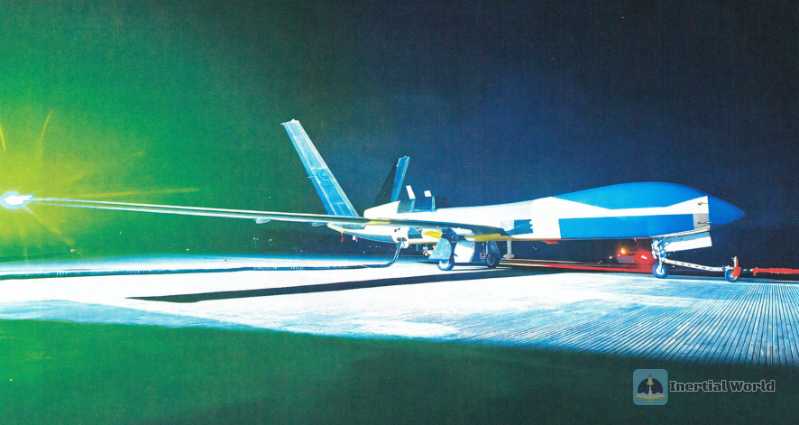
Conclusion
Both the Attack-11 and the Wing Loong-10 are a microcosm of the rapid development of UAV equipment in my country in recent years. At present, in addition to the Attack-11 and Wing Loong-10 UAVs, my country has a large number of other advanced UAVs, which have been serialized and systematized, and are moving and developing in the direction of informatization, intelligence and other higher and farther directions, which is worth looking forward to.










